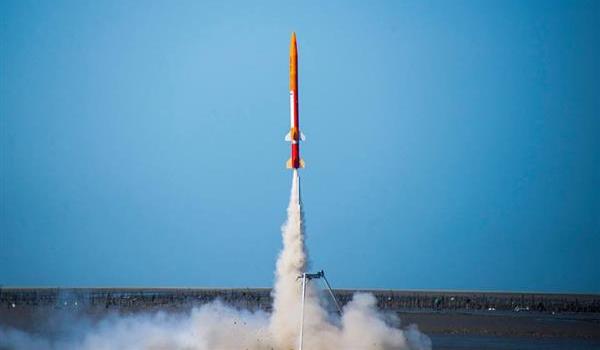The successful testing of the 3D rocket fuel pump with liquid methane by NASA has led to yet another marvel in innovation. Liquid methane acts as a propellant for spacecraft travelling to Mars and other space expeditions.
This breakthrough was possible due to the use of 3D printing technology which enabled the fast designing, processing, and testing of 2 identical turbo pumps, one that would function with liquid methane and the other with liquid hydrogen.
These turbopumps have turbines that generated 600 horsepower during tests and the made 36000 revolutions per minutes producing 600 gallons of liquid methane which generates 22500 pounds of engine power.
Also, liquid methane can be cooled to minus 159 degree Celsius, as opposed to liquid hydrogen that is cooled to minus 240 degree Celsius. Thus, liquid methane boils much slowly and can be easily stored for longer periods, making it viable for Mars missions.
Carbon dioxide which is abundantly found in the Mars atmosphere can be used to generate methane rocket fuel, which is another big advantage.
Liquid methane and hydrogen have varied densities causing the turbo pump to run at different speeds to generate the same power. This also proves that the turbo engine can function with different fuels and ensures the successful testing of the 3D printed parts.
3D print technology has made it possible to manufacture the turbopump with 45% lesser components. This was stated by Nick Case, the Marshal Propulsion engineer at NASA, who further went on to say that the next leap would be to test liquid methane with other 3D printed engine parts, in a similar environment as that of hydrogen tests.
Source: India Times
